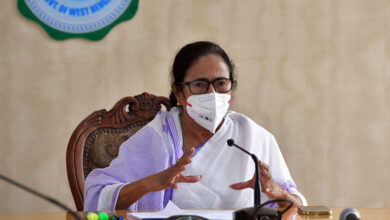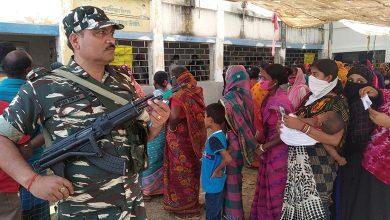India to see deadly heat waves
Deadly heat waves will likely become more commonplace in the coming decades even if global warming is limited to 1.5 degrees Celsius.

New York : Limiting warming to 1.5 degrees Celsius will likely reduce the impact of deadly heat waves by half, but the heat waves will become commonplace across South Asia, including major crop-producing regions in India — such as West Bengal and Uttar Pradesh, says a new study.
The findings, published in the journal Geophysical Research Letters, indicated that these deadly heat waves will likely become more commonplace in the coming decades even if global warming is limited to 1.5 degrees Celsius.
“Even at 1.5 degrees, South Asia will have serious consequences in terms of heat stress,” said researcher Moetasim Ashfaq from the Oak Ridge National Laboratory in the US.
“The future looks bad for South Asia, but the worst can be avoided by containing warming to as low as possible,” Ashfaq added.
The results differ from a similar study conducted in 2017, which predicted that heat waves of lethal temperatures will occur in South Asia toward the end of the 21st century, the researchers said.
The researchers suspect the earlier study is too conservative, as deadly heat waves have already hit the region in the past.
In 2015, large parts of India and Pakistan experienced the fifth deadliest heat wave in the recorded history, which caused about 3,500 heat-related deaths.
In the new study, the researchers used climate simulations and projections of future population growth to estimate the number of people who will experience dangerous levels of heat stress in South Asia at warming levels of 1.5 and 2 degrees Celsius.
They estimated the wet-bulb temperature residents will experience, which is similar to the heat index, as it takes into account humidity as well as temperature.
A wet-bulb temperature of 32 degrees Celsius (89.6 degrees Fahrenheit) is considered to be the point when labour becomes unsafe, and 35 degrees Celsius (95 degrees Fahrenheit) is the limit to human survivability — when the body can no longer cool itself.
Their analysis suggests at 2 degrees of warming, the population’s exposure to unsafe labour temperatures will rise more than two-fold, and exposure to lethal temperatures rises 2.7 times, as compared to recent years.
“The future looks bad for South Asia, but the worst can be avoided by containing warming to as low as possible,” Ashfaq added.















